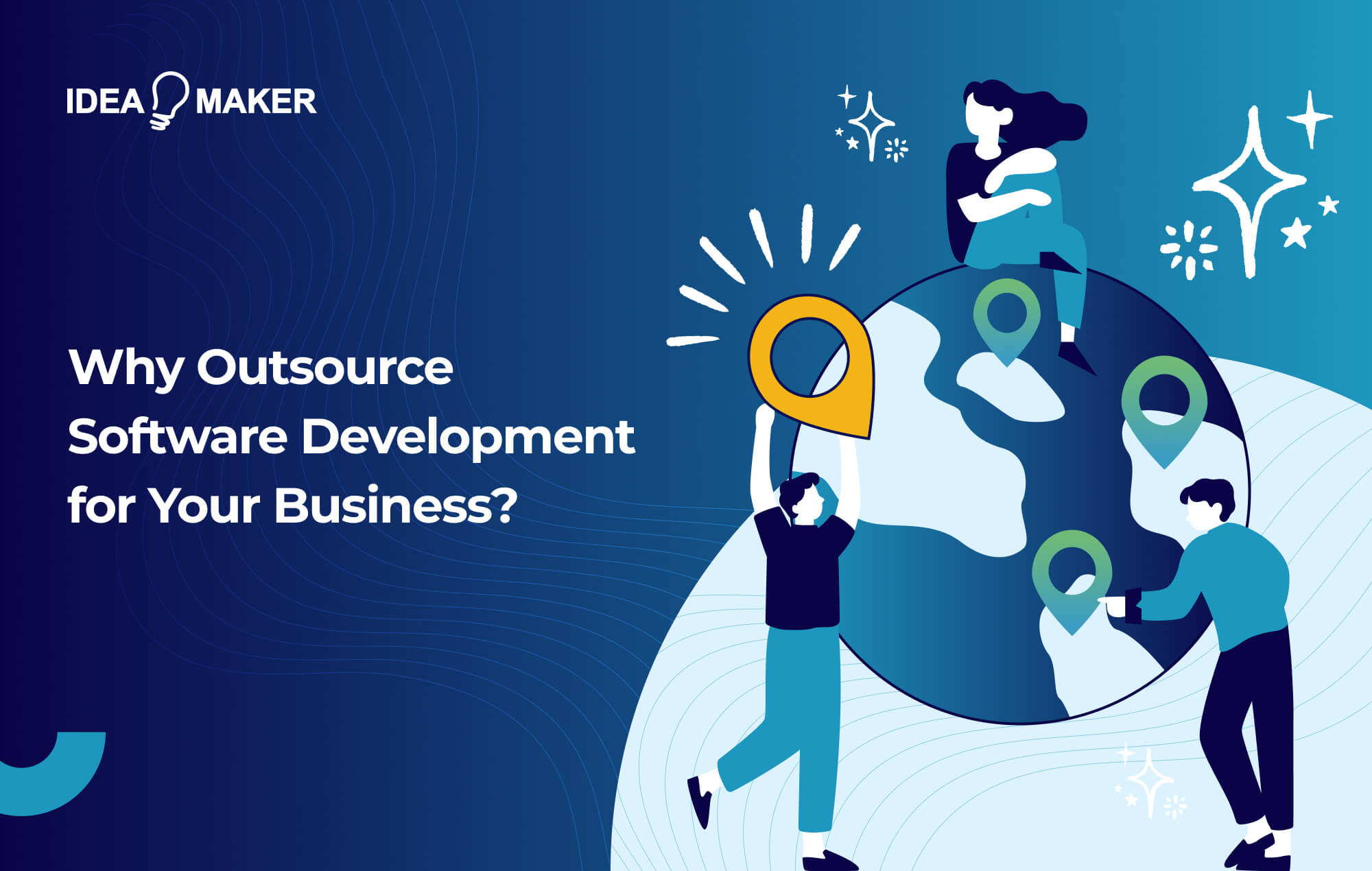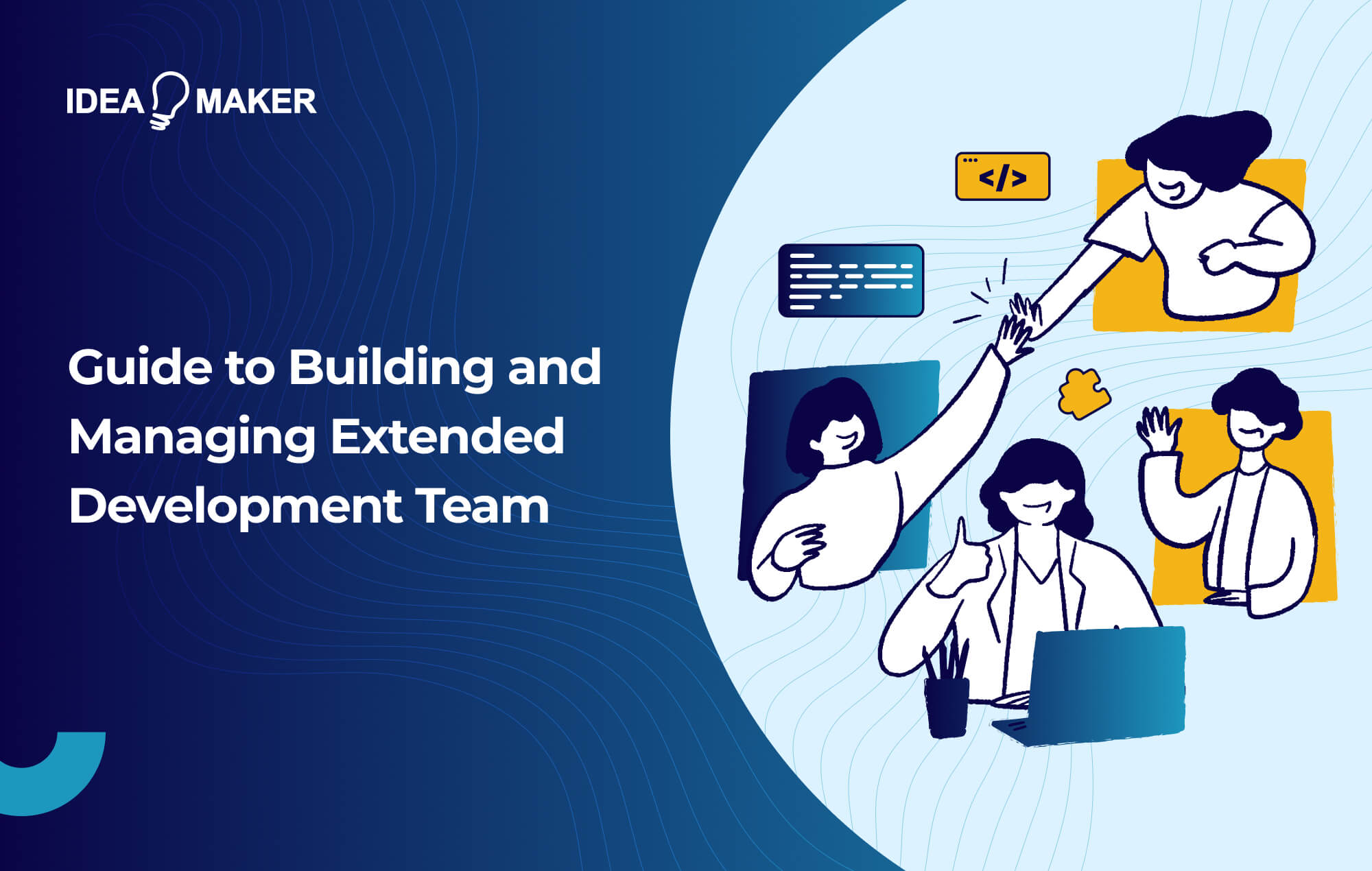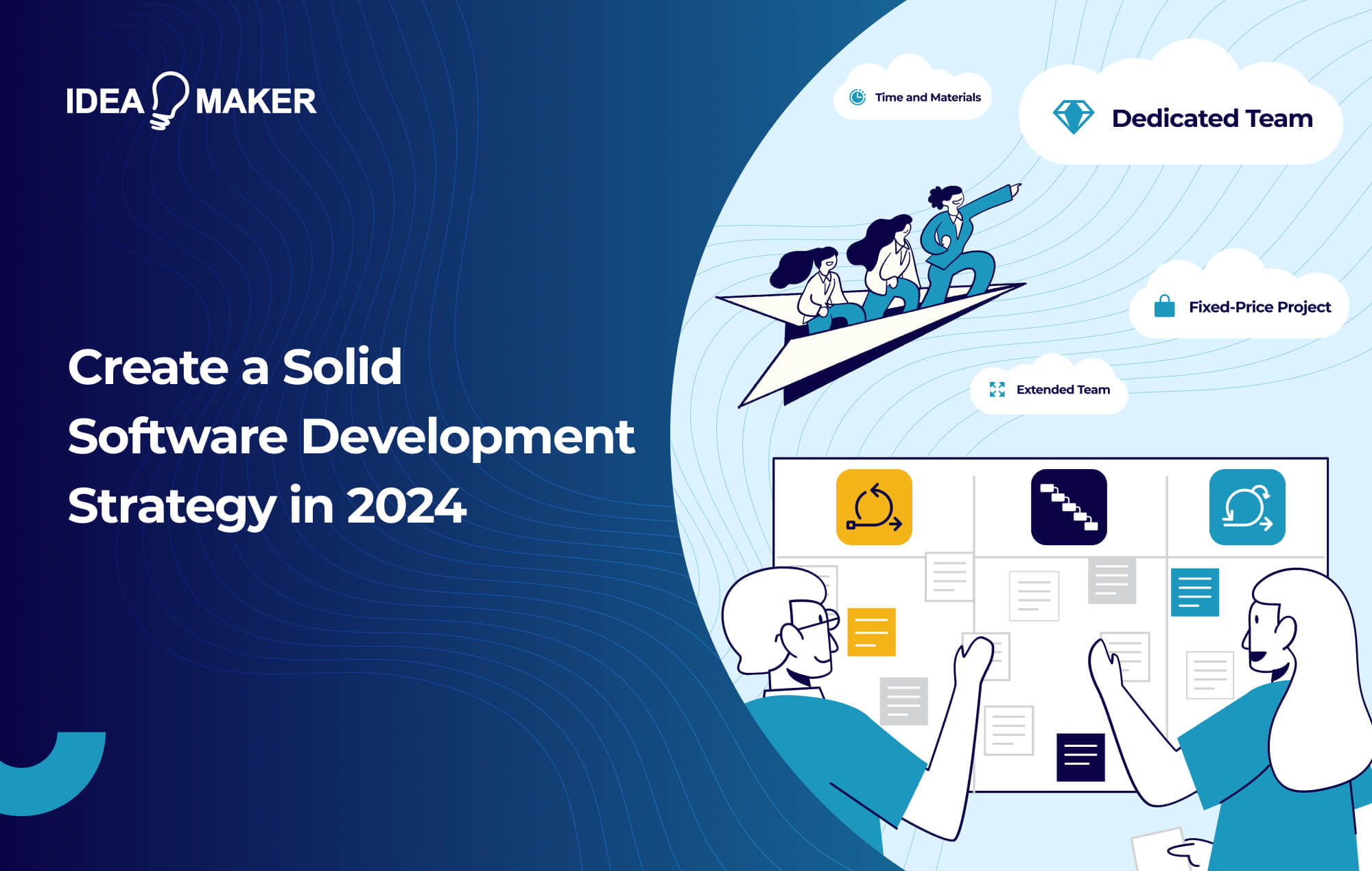Table of Contents
With the rise of ChatGPT, chatbots are a hot topic at the moment, but for all their flair and funny use cases, artificial intelligence provides genuine value to many industries. One such industry is healthcare. In fact, the healthcare chatbot industry is estimated to reach a worth of over $345 by 2023.
So how exactly are chatbots improving the healthcare industry, and are they really worth the hype? Keep reading to find out.
What Is a Healthcare Chatbot?
Seeing as we’re talking about artificial intelligence and chatbots, let’s ask ChatGPT to answer this question. What is a healthcare chatbot?
“A healthcare chatbot is an AI-powered virtual assistant designed to provide information and support related to health and wellness. They can assist with tasks such as symptom checkers, booking appointments, providing information on medical conditions, and more. Healthcare chatbots are designed to make healthcare more convenient, efficient, and cost-effective by improving patient access to health information. They can also be integrated with electronic health records and other healthcare systems to provide personalized information.”
Well, that detailed answer certainly made this writer’s life easier – one of the many benefits of artificial intelligence. But, in all seriousness, ChatGPT has hit the nail on the head with a clear yet in-depth answer.
Healthcare Chatbot Use Cases
As alluded to by ChatGPT’s explanation, healthcare chatbots have many use cases. Here are just a few.
Medical FAQs
Quite a simple yet immensely valuable use of healthcare chatbots is to answer medical FAQs. You know those customer service chatbots you get on insurance websites? Medical FAQ chatbots function in much the same way – you click a floating icon, it brings up a window, and then it offers you several pre-programmed questions and answers.
From a technical standpoint, the above explanation may appear to diminish the worth of medical FAQ chatbots, but make no mistake; there are many benefits to this functionality. The most notable benefit of medical FAQ chatbots is the improved customer experience. Instead of having to search through long lists of FAQs or get in touch with support, patients can conveniently ask the chatbot.
Patient Intake
When medical practices accept a new patient, they are made to fill out many forms, which are then entered into a database. This is an inefficient way of onboarding patients, as it requires the same form to be filled out twice. Healthcare chatbots can be used to have patients input their details directly into medical databases.
Medical chatbots can guide the patient through a series of questions in a chat window similar to the FAQ bot; however, the issue here is trust and security. Many patients will not trust a chatbot as they do a human receptionist. As a result, patient intake chatbots should not be used as a replacement for humans but as an aid.
Personalized Medical Advice
Healthcare chatbots can offer personalized medical advice by collecting information from patients and determining their likely condition, then providing advice accordingly. This is an excellent way to prevent unnecessary cases presenting in doctor surgeries, as benign cases, such as colds, can be weeded out and pointed toward home treatment.
However, using healthcare chatbots for personalized medical advice requires complex algorithms to determine conditions accurately. So, though they may improve efficiency and customer experience, they are costly to develop (more on this later).
Examples of Healthcare Bots
If healthcare bots have such impressive applications, what are some examples of them in practice?
Flo
Flo is an ovulation calendar and monitor that helps women understand their period and monthly cycle. The app offers information on women’s health and gives access to many essential resources. Most notably, Flo provides users with a healthcare chatbot that enables them to discuss their sexual health.
When concerns arise, users can select the Flo chatbot options and input their symptoms into the app. It will then give users medical recommendations, pregnancy estimates, and further resources if Flo is unable to diagnose the issue. Of course, as Flo states, it’s no substitute for a real doctor.
Youper
Youper is a chatbot aimed at helping users track, identify, and monitor their thoughts, feelings, and mood. The Youper chatbot asks users a series of questions to help identify their thoughts, with the option to ask Youper for further guidance. It then provides suggestions on how users can improve their mood for the rest of the day.
After talking with Youper, the app records users’ responses and stores them in a journal for them to review later. According to their website, Youper has helped over three million people reach clinical-level outcomes. Mostly, it’s achieved this by allowing people to seek help who otherwise wouldn’t.
Florence
As you might be able to tell from the name, Florence is a healthcare assistant app that acts as a digital nurse. Florence is used to reminding patients to take their medication, track their mood, and provide information about illnesses. Unlike the previous two chatbots, Florence is an integration for Facebook Messenger and Skype.
Developed by a Kwiki tech company, Florence was unveiled by the World Health Organization to help stop the spread of misinformation after the COVID-19 breakout. Aside from general health conditions and diseases, Florence gives users information about COVID-19, vaccines, and where local medical establishments are located.
Benefits of Healthcare Chatbots
As you’ve likely guessed from reading the above healthcare chatbot examples, they come with several benefits.
24/7 Service
Once programmed, healthcare chatbots require little to no monitoring from humans unless bugs arise. As a result, they can be in service 24/7. This means that, even out of hours, doctors’ surgeries can provide patients with essential information and basic treatment.
Reduced Operation Costs
Instead of hiring out-of-hours phone operators to respond to patient calls, surgeries can implement chatbots into their websites to take the place of human operators. Though they may not offer as extensive advice, they can be built with mechanisms in place to contact professional humans in the event of emergencies.
Improved Efficiency
Having a medical chatbot means that more patients can be served simultaneously. Pending server capacity, there is essentially an unlimited number of patients chatbots can serve. This means surgeries can process more patients’ needs and record them directly into their digital databases.
Drawbacks of Healthcare Chatbots
Unfortunately, when it comes to healthcare chatbots, it’s not all roses. Here are some drawbacks to consider.
Expensive Set Up Cost
As earlier touched upon, developing complex algorithms for healthcare chatbots is expensive. It requires developers with a deep understanding of artificial intelligence and machine learning, as well as extensive development experience in general. Such expertise results in a hefty price tag.
Lack of Patient Trust
Chatbots do not command the same level of trust as humans. When talking with a healthcare chatbot, patients are less likely to see them as credible sources of information, which may lead to them contacting surgeries directly, negating the use of the chatbot.
Limited Responses
Generally speaking, chatbots are not as advanced as ChatGPT – it is an exception. In fact, most chatbots offer limited and pre-programmed responses, meaning they may not be adaptable to all patient queries. As a result, they cannot always fill the support gap or execute their job adequately.
Learn More About Tech With Idea Maker
Want to learn more about the tech industry and keep up to date with new trends? Check out the Idea Maker blog for more. We regularly publish articles on a wide range of topics, from development guides to industry news.



